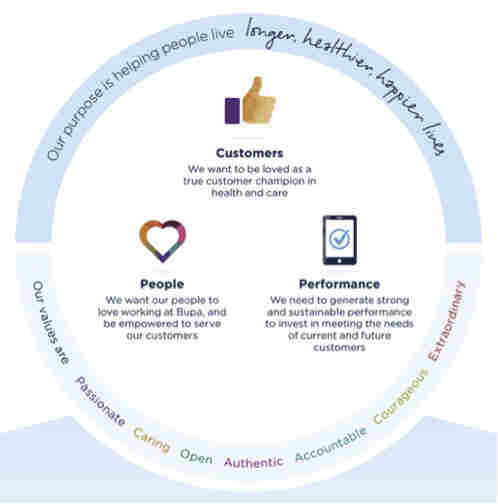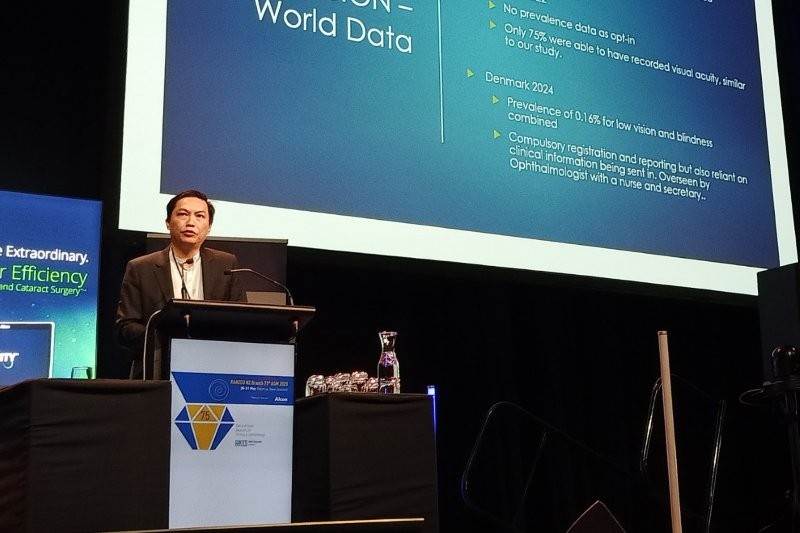Plan, what plan?
Why strategic planning and creating a vision matters.
Early in my business career I learned to endure strategic planning sessions. These came complete with those dreaded modern-day instruments of torture, the white board, butchers paper and, wait for it …post it notes. We spent an eternity discussing, what seemed to me to be, ambiguous and ephemeral concepts including the “mission” and the “vision” of our organisation.

Theoretically I understood the aim and the outcomes: that the gathering of information externally and review of historical business information internally, better equipped us to understand the challenges and opportunities in the marketplace, so we could make better decisions about the future and our goals. But I didn’t fully understand the impact of the organisation’s mission, values or vision.
Now, being more experienced, I not only understand the place of the mission, values and vision for an organisation, but I have seen firsthand the dynamic capability that strategic planning gives an organisation. Time and again the organisations I have seen, or assisted with, attending formal planning are the ones which have succeeded and attained loftier goals than just financial growth. Simply put, organisations with a strong vision for where they want to be and strong values are the ones that achieve. Why? If you love what you are doing and do it with a passion, financial growth will often follow. But if you know where you want to go and structure your path, you will have far more chance of getting there, as many others fall by the wayside and/or get bogged down in what are essentially operationally matters.
Firstly, and briefly, the mission explains what is wrong with the world and what you are going to do to fix it. It ensures you deliver what you are there to deliver. For example, part of BUPA’s Mission Statement is “helping people live longer, healthier, happier lives”. Your values state what you represent, the rules of working for you. These play a pivotal role in uniting your business and staff with a language of their own. Whereas your vision states what the world will look like when you get there. Part of Apple’s vision statement reads, “We believe that we are on the face of the earth to make great products and that’s not changing. We are constantly focusing on innovating”. This is interesting because Apple doesn’t say, “we make the best computers”. Their vision is way bigger than that. Simon Sinek, the well-known author and marketing consultant, speaks often of Apple’s success through putting its vision on the outside of its organisation and living it via its strategic plan. For those who are interested, I recommend you look up ‘Simon Sinek and his Golden Circle’.
Successful organisations I have worked with have used their mission, vision and value statements as guiding beacons for themselves and their staff. But to succeed these statements need to be anchored in tangible plans.
How do you anchor these statements? Through the strategic planning process, the process I once used to endure rather than embrace. Through this process, time is taken to understand all the factors impacting on your organisation. Often people think they know all their company’s strengths and weaknesses, but they don’t realise all aspects or what they could do with or about these, without a formal, open and honest review.
This review is most often facilitated by external help, from someone familiar with your products and services. Factors analysed include political, economic, social and technological factors (PEST), combined with your organisation’s strengths, weaknesses, opportunities and threats (SWOT). With this and other information, you can start to understand your environment, your place in the market and what your priorities should be. You can set goals and work towards them with consideration, identifying where you need to work a bit harder or what additional resources you may need.
A recent Australian client of mine called me in as their business had gone from historically being the leader in their field to losing about 20% of their clients through the door and through referrals. They were unsure of their own future and what they wanted. So, we decided to review their business. We ran a strategic workshop and they identified where they were losing market-share, what they needed to do and where they wanted to go. Only then could we work on their weaknesses and their strengths to achieve these goals. We reviewed this client’s plan again this year and they are back on top, 5% above the market, and on track for their growth targets and some clinically-leading research and relationships.
BUPA publicly tackled the concepts of mission, vision and values in its strategic plan, using these to help identify what was important to it as an organisation:

I can’t show you how BUPA linked these concepts with its goals, how it quantified these goals and operationalised them in its plan or how it flexed and monitored them, but I think you get the picture.
Strategic planning brings all these concepts together in your plan and it isn’t just a good idea for bigger companies. It is a process any individual business person can benefit from.
Moira McInerney is director of Medical Matters Australia and New Zealand, a lecturer at the Queensland University of Technology’s Health Faculty and former chief executive of Auckland Eye. For more, please visit: www.medicalmattersanz.com


























